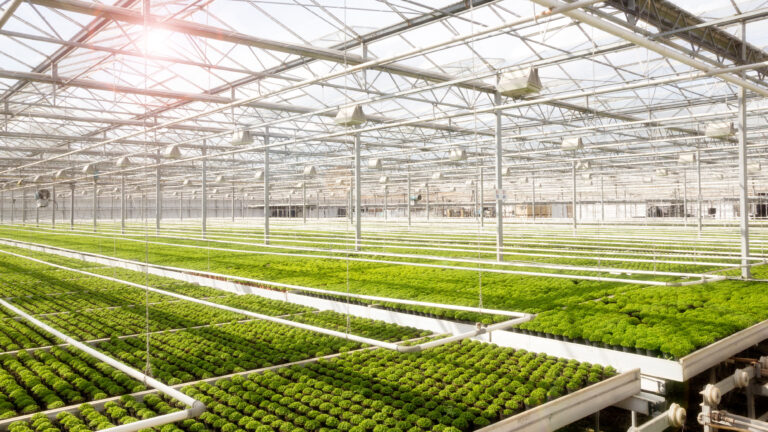Calibrate Your Indoor Growing Process to Risk, Not Just Regulation
There is a movement underway in the rapidly growing field of indoor growing operations. The USDA sees the increase in both indoor and vertical farming as “an emergent and rapidly growing field with potential to reduce many of the environmental and social challenges facing food, energy, and water.” However indoor growing also comes with challenges that are different from outdoor growing.
Much of that challenge comes from the fact that “fully or partially enclosed buildings used for covered activities, including greenhouses, germination chambers, or other such structures” are subject to FDA’s Produce Safety Rule. However, TAG sees that same indoor structure as changing the risk profile, making the physical, chemical, and biological risks closely related to those to food processing operations, which are subject to the Preventive Controls Rule.
Thus the conundrum: Do you follow the letter of the law in the Produce Safety Rule, or do you address the potential risks through a Preventive Controls Food Safety Plan? One may be a must have; the other a good to have. TAG’s Recommendation is to have both. To further explain:
Greenhouses and other indoor growing operations are subject to the Produce Safety Rule, so there is no question that compliance with the components of this regulation must be implemented as required. However, TAG recommends that indoor growing operations go a step further to implement the risk assessment aspects of the Preventive Controls Rule.
Growing produce indoors changes the risk profile from those of field growing to making the physical, chemical, and biological risks similar to those of food processing operations. Because of this, it is beneficial, and advisable, to conduct a hazard analysis of your processes, based on risks inherent to indoor growing, such as moisture, sanitation, mold, etc.
For example, we are continuing to see an increase in foodborne illness and recalls of Salmonella– and Listeria-contaminated greens grown in indoor operations. In contrast, E. coli tends to be the primary pathogen of concern for field-grown greens.
The application of an Environmental Control Program, with sanitation verified through the swabbing of the Environmental Management Program, is a fundamental element of food safety to control and detect pathogens in food processing operations. Although the Produce Safety Rule has no requirement for this, adding it to your processes can significantly upgrade your food safety program. Similarly, while the application of relevant Good Agricultural Practices (GAPs) is essential in any growing operation, you will derive extensive value by adding the current Good Manufacturing Practices (CGMPs) of the Preventive Controls Rule to your indoor operation – such as ensuring safe process flow, equipment durability and cleanability, commercial flooring, etc.
In addition to the voluntary application of the Preventive Controls Rule for indoor growing operations, the implementation of certain activities moves the operation into the Preventive Controls Rule, mandating the application of its requirements. For example, harvesting and packing fall under the Produce Safety Rule, but any chopping or otherwise further processing of the produce before packaging makes the operation subject to Preventive Controls. A simple reminder of this is: The first cut is free – with the first cut being the harvesting.
Whether the activities of your indoor growing operation make you subject to the Produce Safety or Preventive Controls Rule, applying the hazard analyses and related risk management processes of preventive controls will further your food safety and reduce the risk of contamination, foodborne illness and recalls. The bottom line: Calibrate your program to the risk not necessarily the regulation.
Times are changing in the produce industry, and greater use of indoor growing is a rapidly growing and exciting opportunity. Large amounts of money are being invested in this space and, while the returns are clearly there to be had, the risks are different than those of outdoor growing, thus the approach must be different as well.





